A photographic trip to the Italian Alps provided us with an historical and cultural experience as well as a good deal of natural beauty. The Valle d’Aosta (“Vallée d’Aoste” to its French-speaking majority) is in the far north-west of Italy, and its views, both natural and man-made, offer much to the photographer.
The reason for the natural views is obvious – the valley runs right up into the Alps below Monte Bianco (Mont Blanc to the francophones).
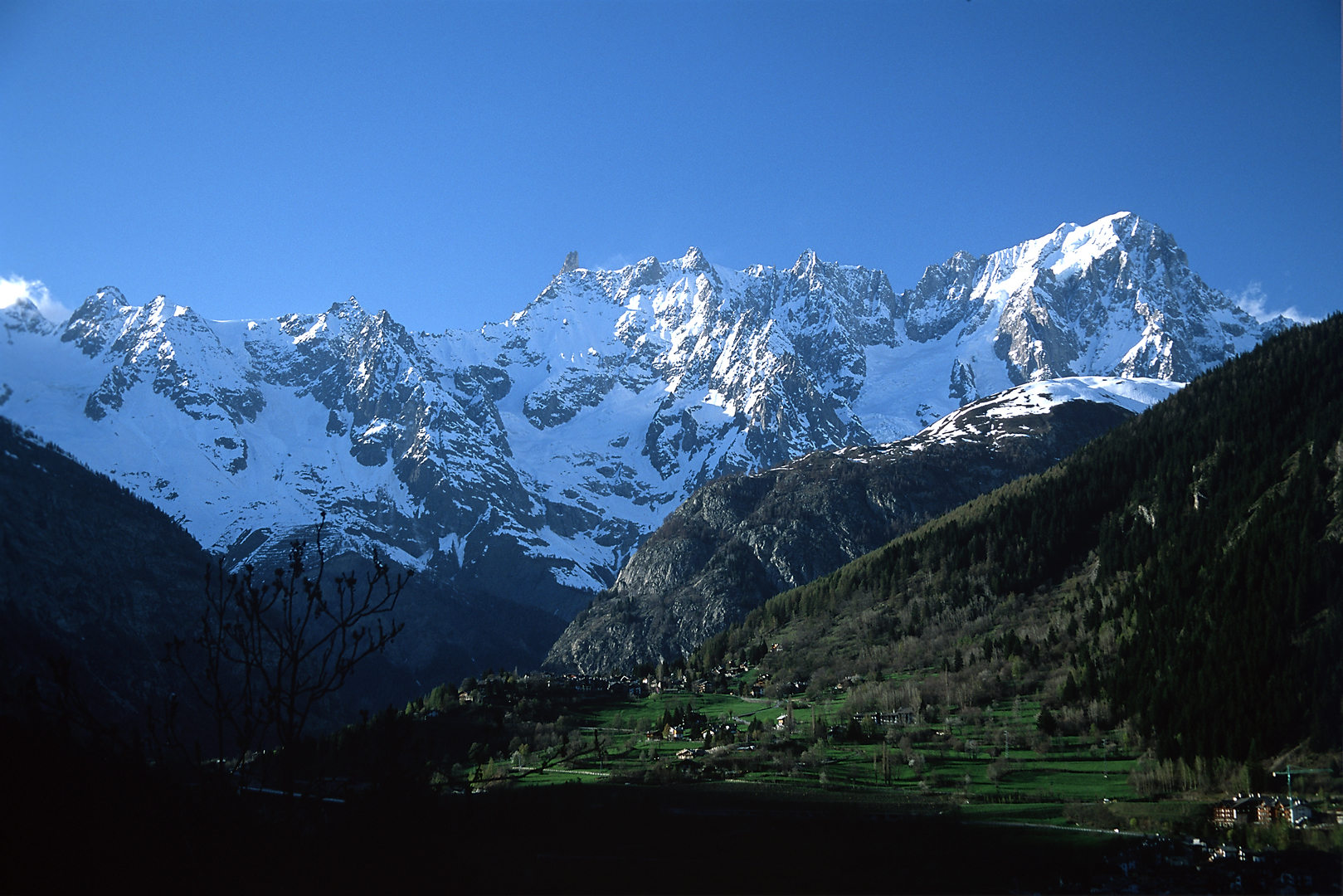
The man-made views are due to its history as a bottleneck on the routes over the western Alps. As the valley gets closer to the watershed of the Alps it splits in two – the right fork leads to the Great St Bernard Pass which leads to Switzerland, and the left fork to the Little St Bernard Pass which leads to France. It is thought that the latter is the route used by the Carthaginian general Hannibal in his invasion of Italy in 218 BC. These days you cross under the Alps in the 12 km-long tunnel, which is faster but less interesting.
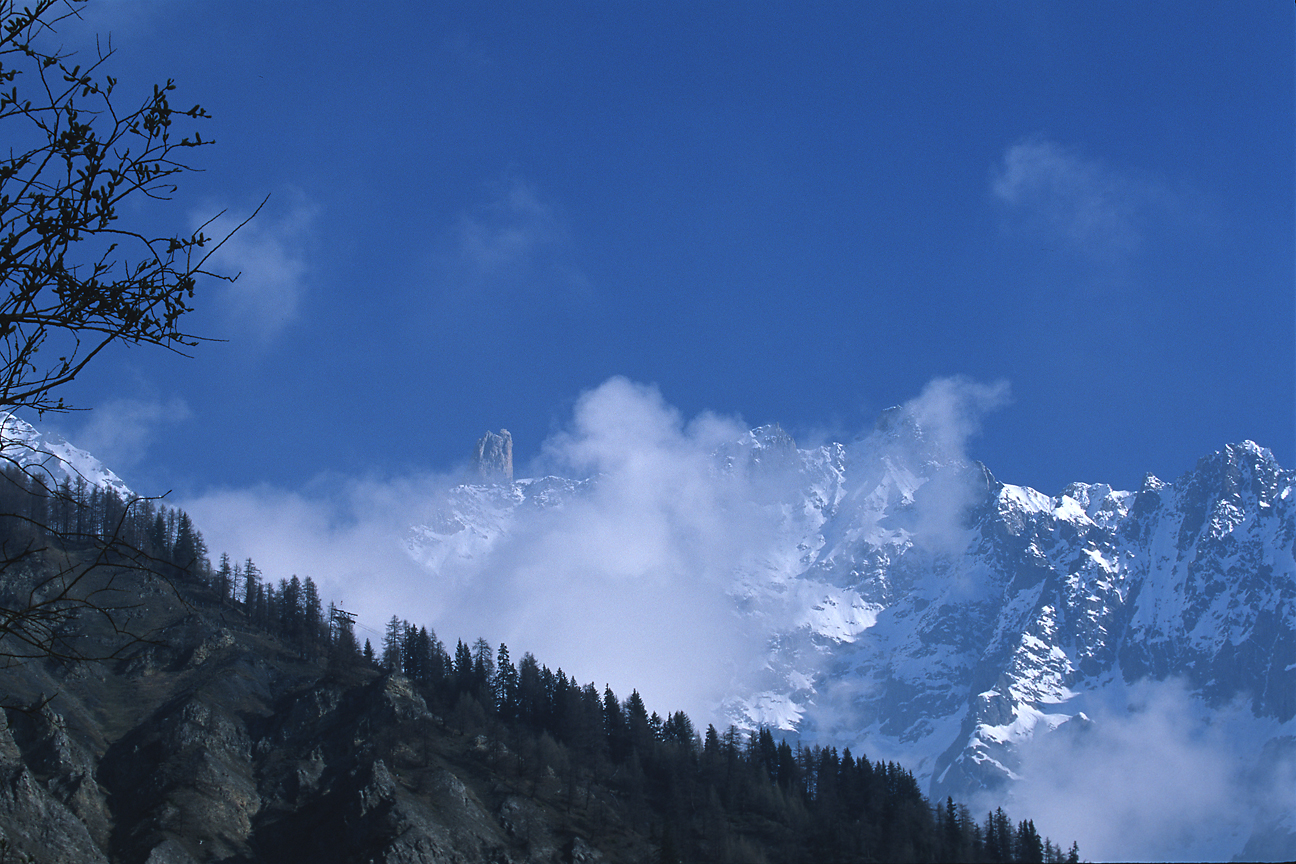
Other invaders used the valley too, as did grand tourists in the 18th Century, and countless pilgrims through the Middle Ages. The Via Francigena, which I mentioned in my post on the Val d’Orcia, enters Italy here.
The valley is narrow, which would assist defenders to deny passage to an army, or at least hold it up for a while. Even when travellers came in peace, there would have been other reasons to control the road – to exact tolls or to levy customs duties.
The result is that in many places you can look around you and see multiple castles, often in different architectural styles. In the photograph below, the castle of Saint-Pierre (the nearer one) shows some of the decorative flair of the High Middle Ages, with the more distant one being a dour and forbidding keep from an earlier, harsher time. I imagine that there might have been forts on both sides of the valley since early times, with one of them being progressively modernised, becoming larger and more comfortable as the town grew up around it, while the other was retained as an outpost or watch tower.
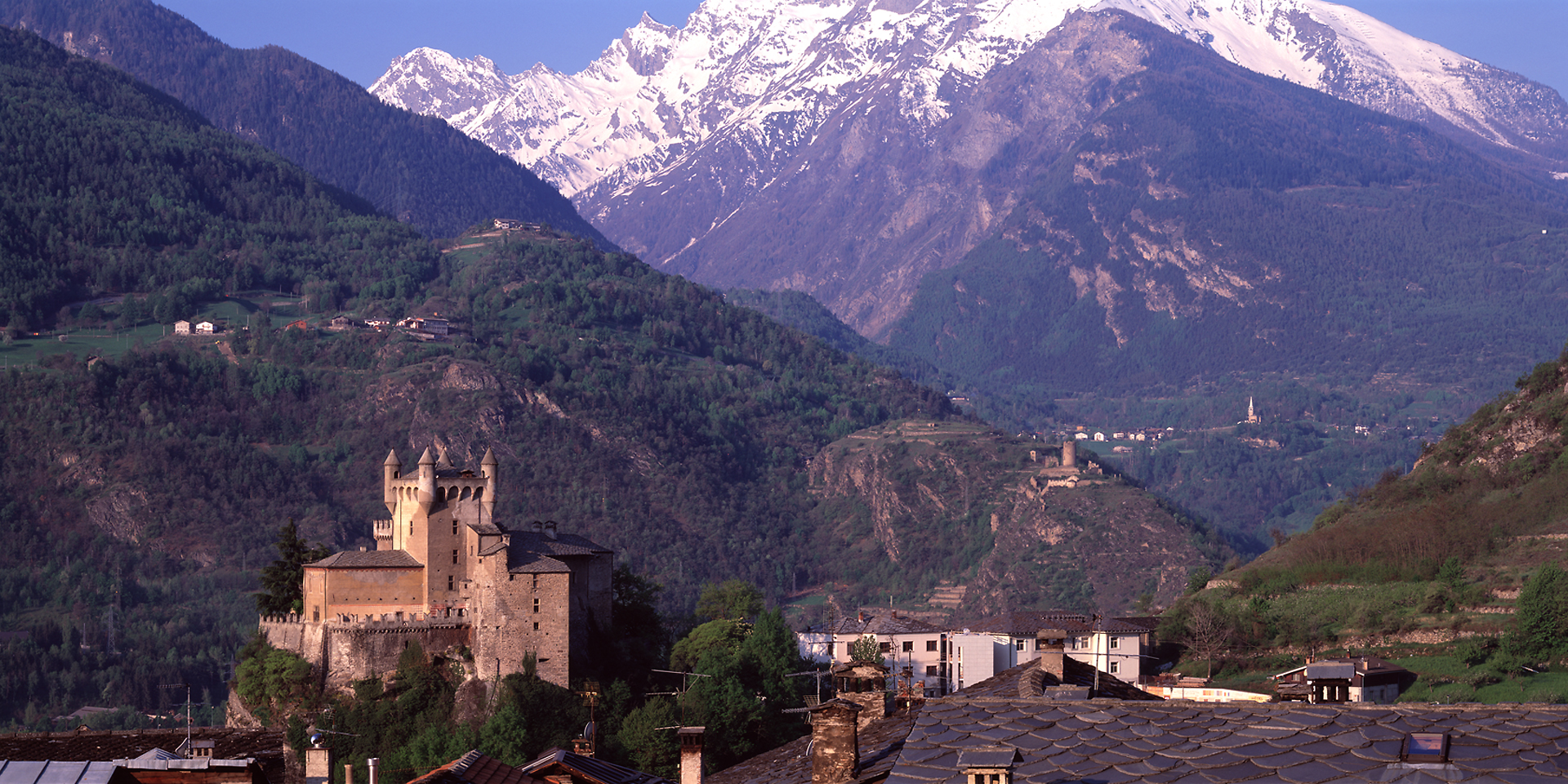
Some of the high villages are very pretty, with picturesque medieval churches in front of the backdrop of the mountains. We were there in spring and it was still quite cold at altitude, with the alpine meadows yet to get their full complement of wildflowers.
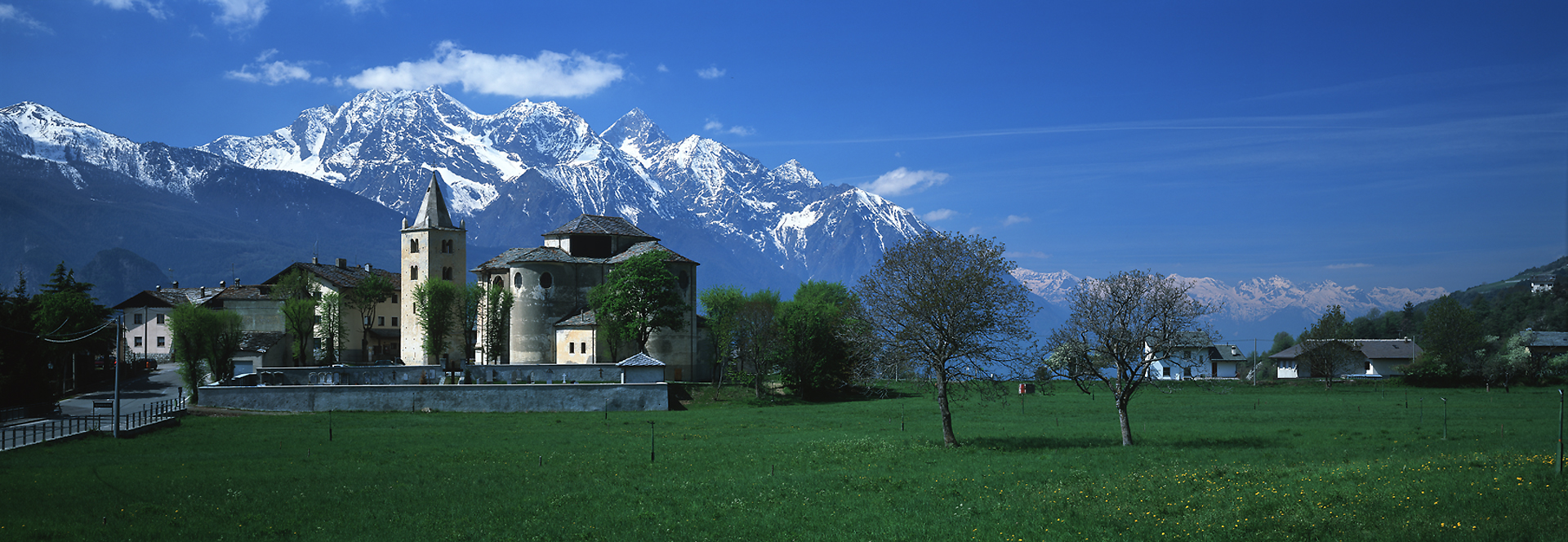
Halfway down the valley is the town of Aosta, after which the valley and the region are named. It was founded by the Romans around 25 BC and named Augusta Prætoria Salassorum after the Emperor Augustus, and was originally a garrison town to secure the mountain passes as the Roman legions pushed northwards. You can still see the odd bit of Roman stonework in the town.
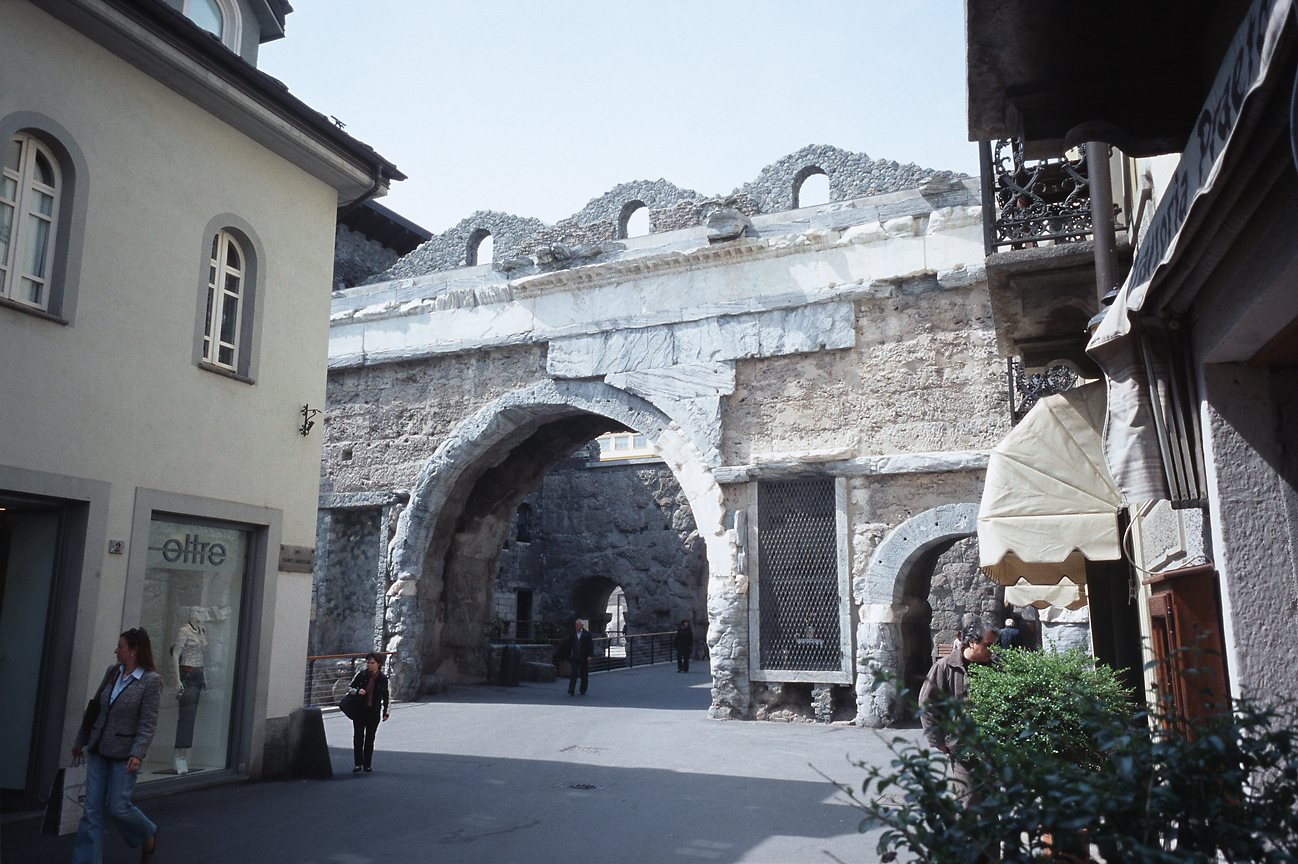
In the Middle Ages Aosta became part of the County (then Duchy, then Kingdom) of Savoy and its royal family eventually ruled Piedmont and became rulers of united Italy. Apart from lasting nine hundred years or so, it is hard to think of anything the dynasty did to deserve the honour, but that’s a topic for another post one day.
Culturally the valley is an interesting mix of Italian and French. Most of the population (in the upper valley, at any rate) speak French. There is a third language called Valdôtain (ie, “Val d’Aostian”) which is a dialect of Arpitan or Franco-Provençal. Between Italian unification and the end of the fascist era Italy was shamefully intolerant of its non-Italian linguistic minorities, so I was surprised to read in this Wikipedia article that Valdôtain has actually survived better than its relatives in France and Switzerland, thanks to Val d’Aosta’s status as an autonomous region, granted by the 1948 Italian constitution.
Since no-one was going to address us in Valdôtain, the most evidence of it that we saw was in placenames like Oyace, Dzovennoz and Bionaz, which sound neither French nor Italian. In practical terms, the cultural mix meant that we found an amazing supermarket on the outskirts of Aosta, with sections for both Italian and French produce.
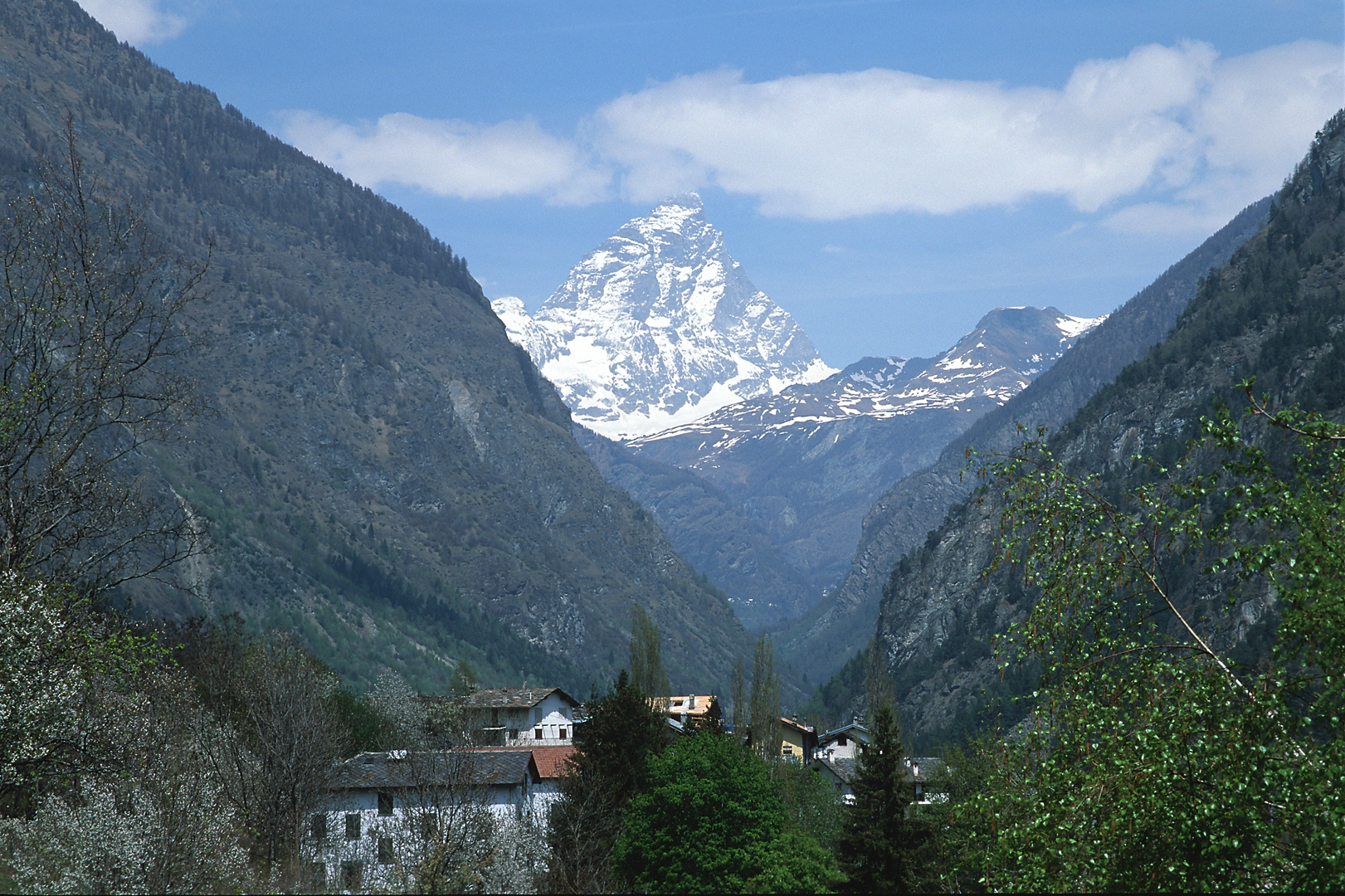
Our visit to the Valle d’Aosta was the first time I had taken my large format equipment overseas. I wasn’t all that confident in its use, so I still took a lot of pictures with my 35mm camera. And for those pictures I did take in large format, after all the time spent loading and unloading film, and setting up and focusing the camera, it was a nervous wait for the transparencies to come back from processing to see if any had worked out. They mostly did, and the first experience of putting 4×5 inch or 6×17 cm transparencies on the lightbox is very exciting.
